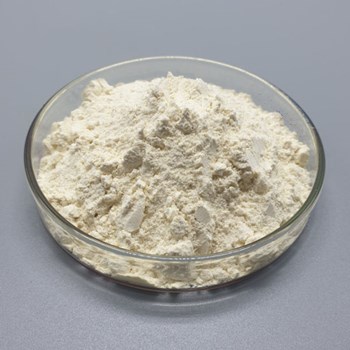Pullulanase with EC 3.2.1.41 or also known as α-dextrin 6-glucanohydrolase, pullulan 6-glucanohydrolase, limit dextrinase, and amylopectin 6-glucanohydrolase is derived from various microorganisms such as Bacillus acidopullulyticus, Klebsiella planticola, Bacillus deramificans , thermophilic Bacillus sp. AN-7 , Bacillus cereus FDTA-13 , and Geobacillus stearothermophilus. Microbial pullulanase attracts more interest because of its specific action on α-1,6 linkages in pullulan, a linear α-glucan consisting essentially of maltotriosyl units connected by 1,6-α-bonds.
Glucoamylase is very effective in hydrolysis of alpha-1, 4 glycosidic bond; however, glucoamylase is slow in hydrolysis of alpha-1, 6 glycosidic bond, the presence of which constitutes an obstacle in the production of high-glucose syrup. Using pullulanase can synergize together with glucoamylase during the saccharification stage, hence effectively improve the rate of hydrolysis of starch, reduce the dosage of glucoamylase, shorten the reaction time and increase the yield and purity of the glucose.
Pullulanase is typically used in combination with glucoamylase for the production of high glucose syrup and high maltose syrup.
Post time: Mar-18-2022
